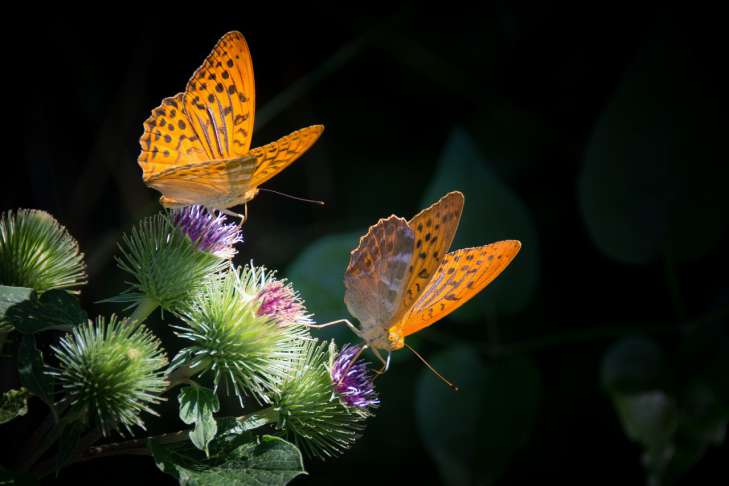Butterflies and the Ecosystem: Interesting Facts – You Didn't Know About It
Butterflies are one of the best pollinators, after bees. Some types of butterflies provide silk to humans.
What are butterflies needed in nature for
The role of butterflies in nature, like other living organisms, is extremely great.
Lepidoptera are an integral component of biogeocenoses (they pollinate plants and serve as food for birds and other insectivorous animals).
Many are rare, some are very rare.
They pollinate flowers, keep ecosystems healthy, help scientists monitor climate change, provide antibiotics, help develop tourism, keep insects under control, inspire people and support their mental health.

Australian bogong armyworm numbers, which fell by 99.5 percent due to the 2017-2019 drought, have begun to recover thanks to three years of good rainfall.
What butterflies can do
Butterflies can see ultraviolet light: Butterflies can see ultraviolet light, which allows them to navigate the world and find flowers to feed on.
Mimicry: Many species of butterflies have protective coloring that helps them camouflage themselves as other animals or objects to protect them from predators.
Previously, we talked about unusual bird nests.


